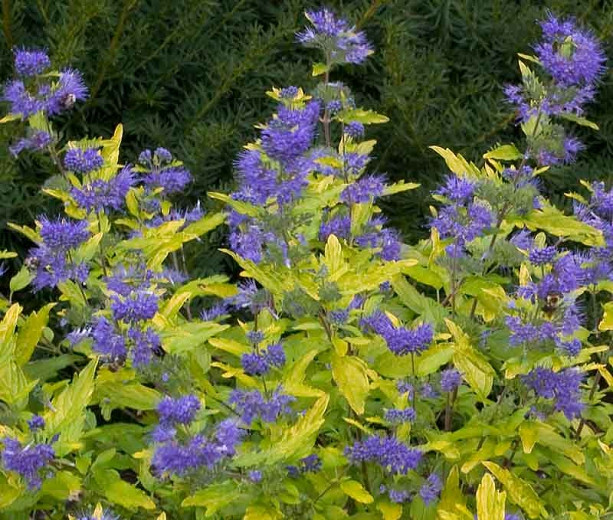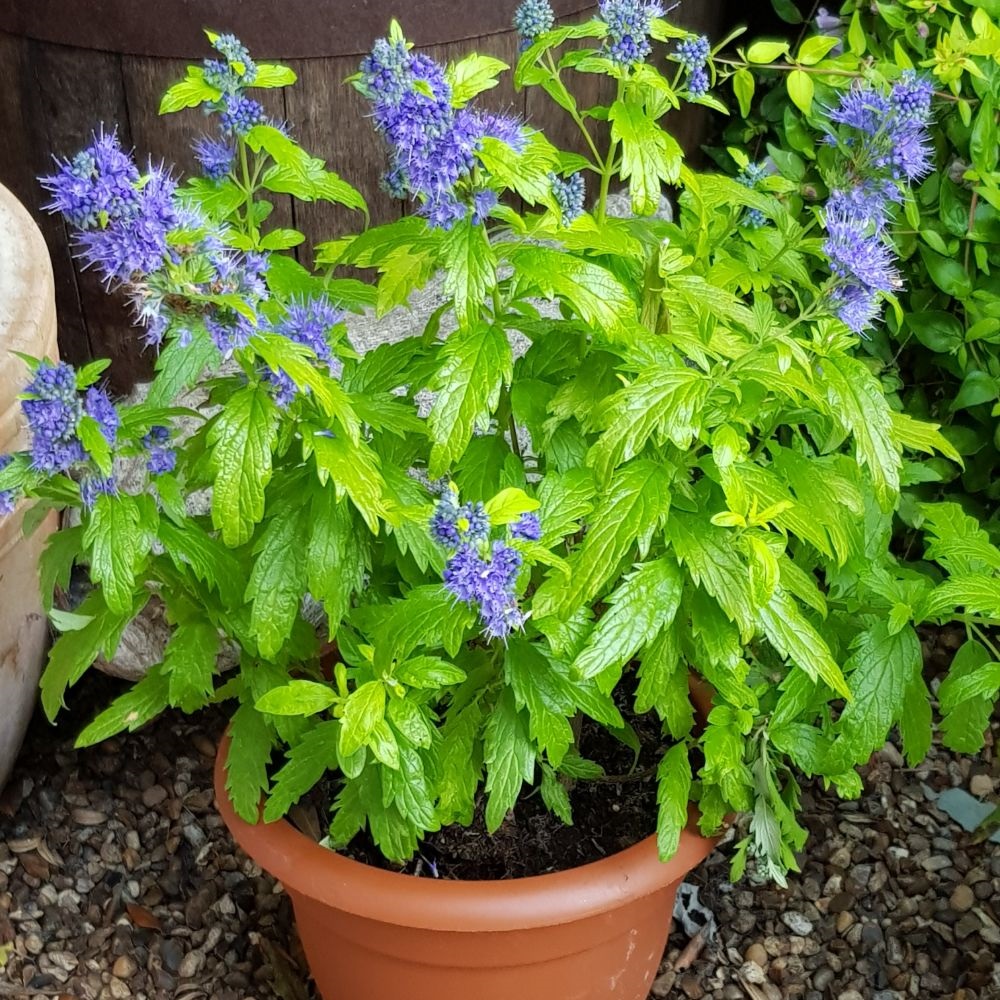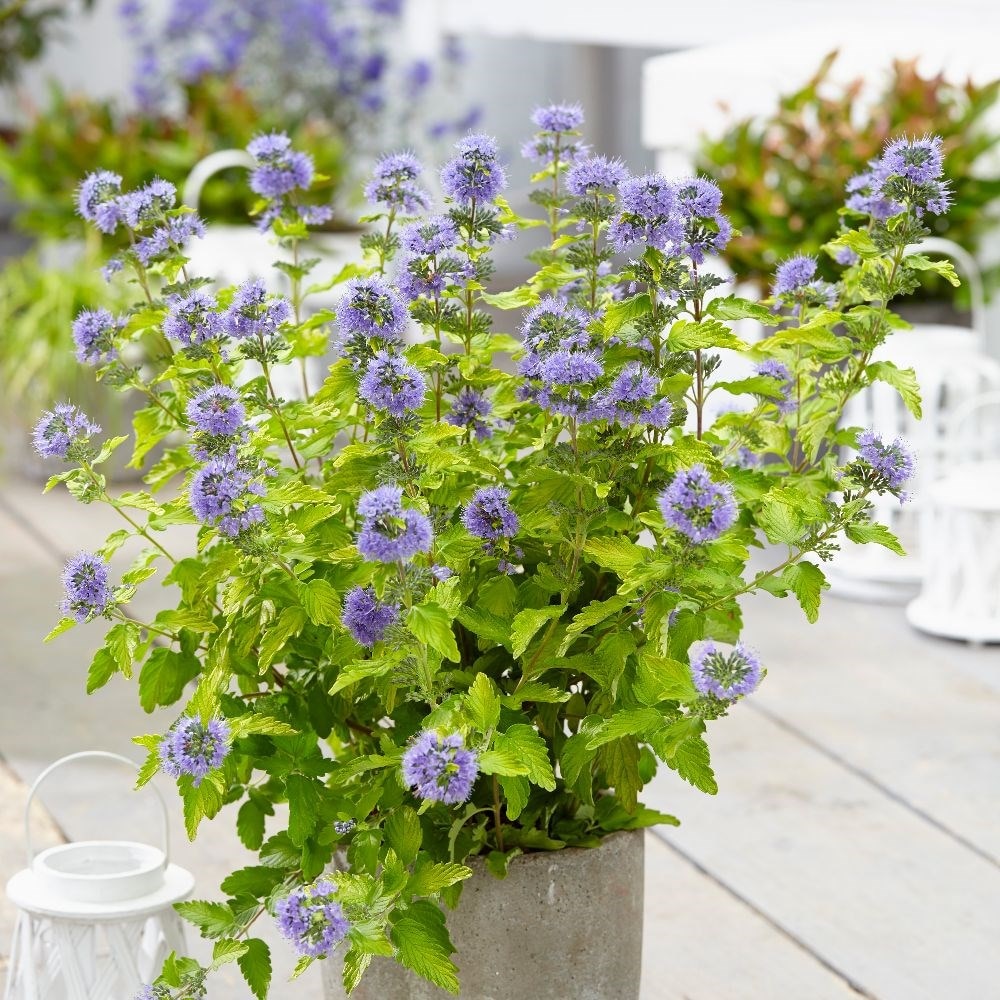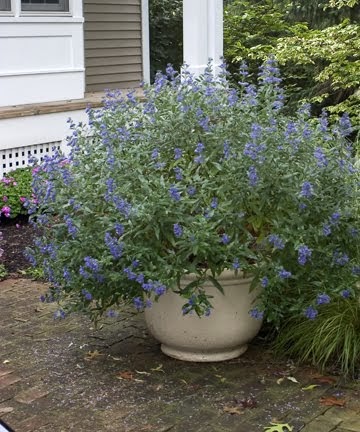Caryopteris: The Blueblooming Shrub That's Perfect For Your Garden
Caryopteris: The Blue-Blooming Shrub That's Perfect for Your Garden
Caryopteris is a genus of flowering shrubs that are native to Asia and Australia. They are known for their fragrant, blue flowers that bloom in the late summer and fall. Caryopteris shrubs are relatively low-maintenance and drought-tolerant, making them a popular choice for gardens in warm climates.
Introduction
Caryopteris shrubs are a great addition to any garden. They are not only attractive, but they are also beneficial to pollinators. The blue flowers of caryopteris are a favorite of bees, butterflies, and other insects. These insects help to pollinate other plants in the garden, which helps to improve the overall health of the ecosystem.
Main Content
There are many different species and cultivars of caryopteris, so there is sure to be one that is perfect for your garden. Some popular species include:
- Caryopteris clandonensis: This is the most common species of caryopteris. It is known for its dark blue flowers and its relatively compact size.
- Caryopteris x clandonensis 'Dark Knight': This cultivar is a darker version of C. clandonensis. It has deep blue flowers and silver-gray leaves.
- Caryopteris incana: This species has lavender-blue flowers and gray-green leaves. It is a bit taller than C. clandonensis.
- Caryopteris 'Heavenly Blue': This cultivar has bright blue flowers and a spreading habit.
Caryopteris shrubs are relatively easy to care for. They prefer full sun and well-drained soil. They are drought-tolerant once established, but they will benefit from regular watering during the hot summer months. Caryopteris shrubs can be pruned in the spring to shape them and remove any dead or damaged branches.
Conclusion
Caryopteris shrubs are a beautiful and low-maintenance addition to any garden. They are perfect for adding color and interest to the late summer and fall garden. They are also beneficial to pollinators, which helps to improve the overall health of the ecosystem.
If you are looking for a drought-tolerant, low-maintenance shrub that will add color and interest to your garden, consider caryopteris. You won't be disappointed.
To learn more about caryopteris plants, visit Home Gardening.
FAQ of caryopteris
- What is Caryopteris?
Caryopteris is a genus of flowering shrubs in the mint family, Lamiaceae. They are native to Asia and Australia, and are known for their blue or purple flowers that bloom in late summer and fall. Caryopteris plants are drought-tolerant and deer-resistant, making them a popular choice for landscaping.
- How to care for Caryopteris?
Caryopteris plants are relatively easy to care for. They prefer full sun and well-drained soil. Water them regularly, especially during hot, dry weather. Fertilize them once a year in spring with a balanced fertilizer. Prune them in early spring to remove dead or damaged branches and to shape the plant.
- What is the spacing for Caryopteris?
Caryopteris plants should be spaced 20 to 32 inches (50 to 80 cm) apart. This will allow them to grow and spread without crowding each other.
- Is Caryopteris a good cut flower?
Yes, Caryopteris plants make excellent cut flowers. Their flowers last for weeks in a vase. When cutting Caryopteris flowers, be sure to cut the stems long enough so that they can be placed in a vase with water.
- What are some pests and diseases that affect Caryopteris?
Caryopteris plants are relatively resistant to pests and diseases. However, they can be susceptible to aphids, spider mites, and scale insects. If you see any of these pests on your Caryopteris plants, you can treat them with an insecticidal soap or neem oil. Caryopteris plants can also be susceptible to powdery mildew, especially in humid climates. If you see powdery mildew on your Caryopteris plants, you can treat it with a fungicide.
- How to propagate Caryopteris?
Caryopteris plants can be propagated by seed, cuttings, or division. To propagate Caryopteris by seed, sow the seeds in the spring in a well-drained potting mix. Keep the potting mix moist and the seeds should germinate in 2-4 weeks. To propagate Caryopteris by cuttings, take 4-6 inch (10-15 cm) cuttings in the spring or summer. Remove the lower leaves from the cuttings and dip them in rooting hormone. Plant the cuttings in a well-drained potting mix and keep them moist. The cuttings should root in 4-6 weeks. To propagate Caryopteris by division, dig up a mature plant in the spring or fall. Use a sharp knife to divide the plant into several sections. Each section should have roots and at least one shoot. Plant the divisions in a well-drained location and water them well.
Image of caryopteris
10 different images of Caryopteris that are free to use:
- Caryopteris incana flowers. A close-up of the blue flowers of Caryopteris incana.

- Caryopteris clandonensis bluebeard bright blue flowers in bloom. A full-size image of Caryopteris clandonensis, a popular cultivar of Caryopteris known for its bright blue flowers.

- Honeybee pollinating the blue flowers of a Bluebeard plant. A honeybee pollinating the blue flowers of a Caryopteris plant.

- Closeup of a Caryopteris in Bloom. A close-up of the flowers of a Caryopteris plant, showing the delicate petals and stamens.
- Caryopteris plant in a garden. A Caryopteris plant in full bloom in a garden setting.
- Caryopteris plant in a pot. A Caryopteris plant in a pot, perfect for a patio or balcony.

- Caryopteris plant in a hedge. A Caryopteris plant used as a hedge, providing a splash of color in the late summer.

- Caryopteris plant in a meadow. A Caryopteris plant in a meadow, attracting bees and butterflies.
- Caryopteris plant in a bonsai. A Caryopteris plant in a bonsai, a beautiful and unique way to display this plant.

- Caryopteris plant in a terrarium. A Caryopteris plant in a terrarium, a fun and easy way to grow this plant indoors.



Post a Comment for "Caryopteris: The Blueblooming Shrub That's Perfect For Your Garden"